Summer heat wrecking your sleep? Hit 65 °F (18 °C) indoors, take a lukewarm shower, dine light, choose linen sheets, and tap gentle aids like melatonin, herbal teas, and white noise—plus when to see a doctor.
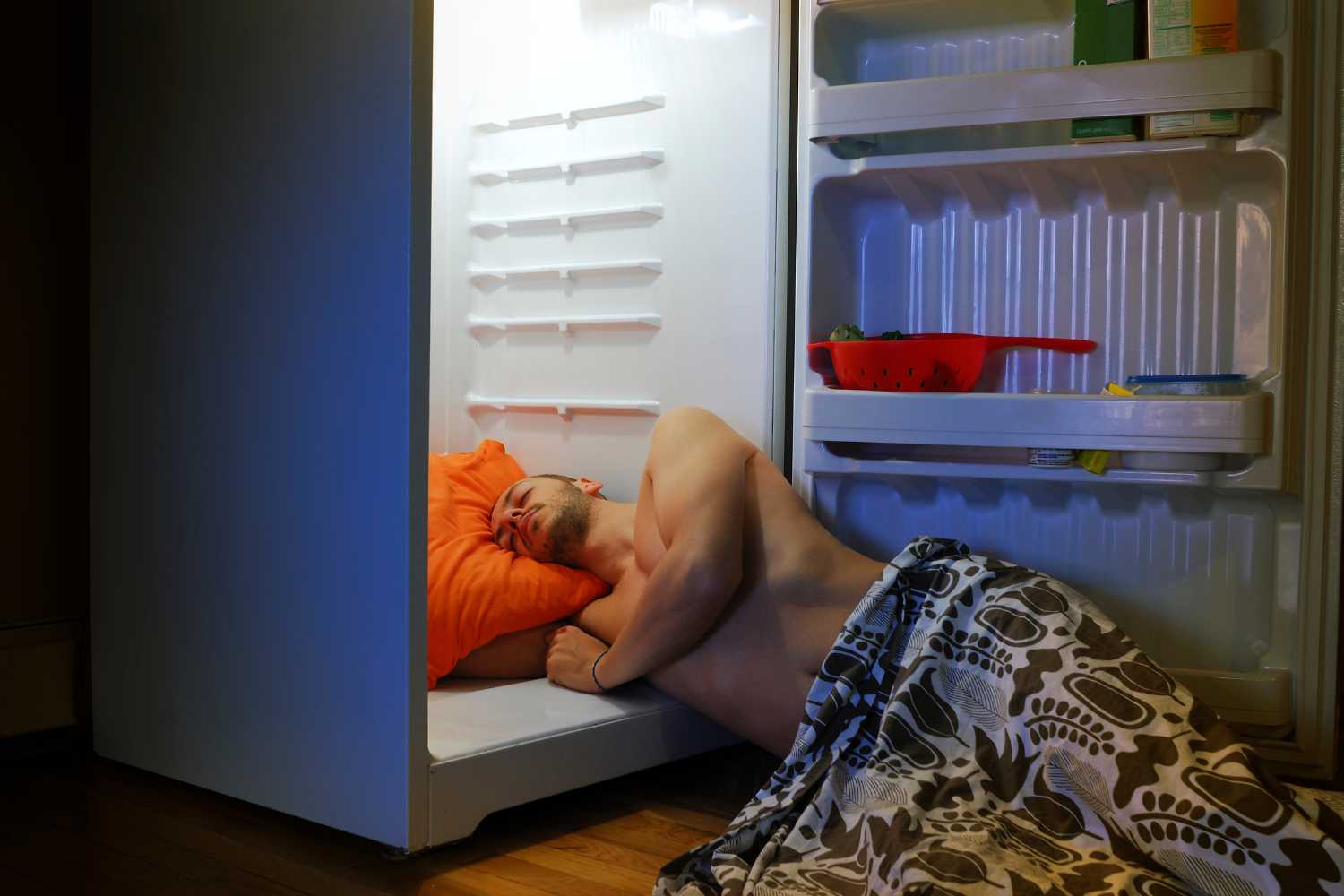
Table of contents
Sweltering nights, sticky humidity, and drawn-out daylight can turn even the most inviting summer into a sleepless slog. Epidemiologists estimate that tens of millions struggle with shut-eye when the mercury climbs, including plenty of people who usually doze off without a hitch. Blame basic biology: our circadian rhythm relies on melatonin, the “sleep hormone.” Extended evening light pushes melatonin production later, while persistent heat blocks a crucial step—your body must cool slightly to drift off, and a hot room makes that cooling a fight.
Set your night temperature
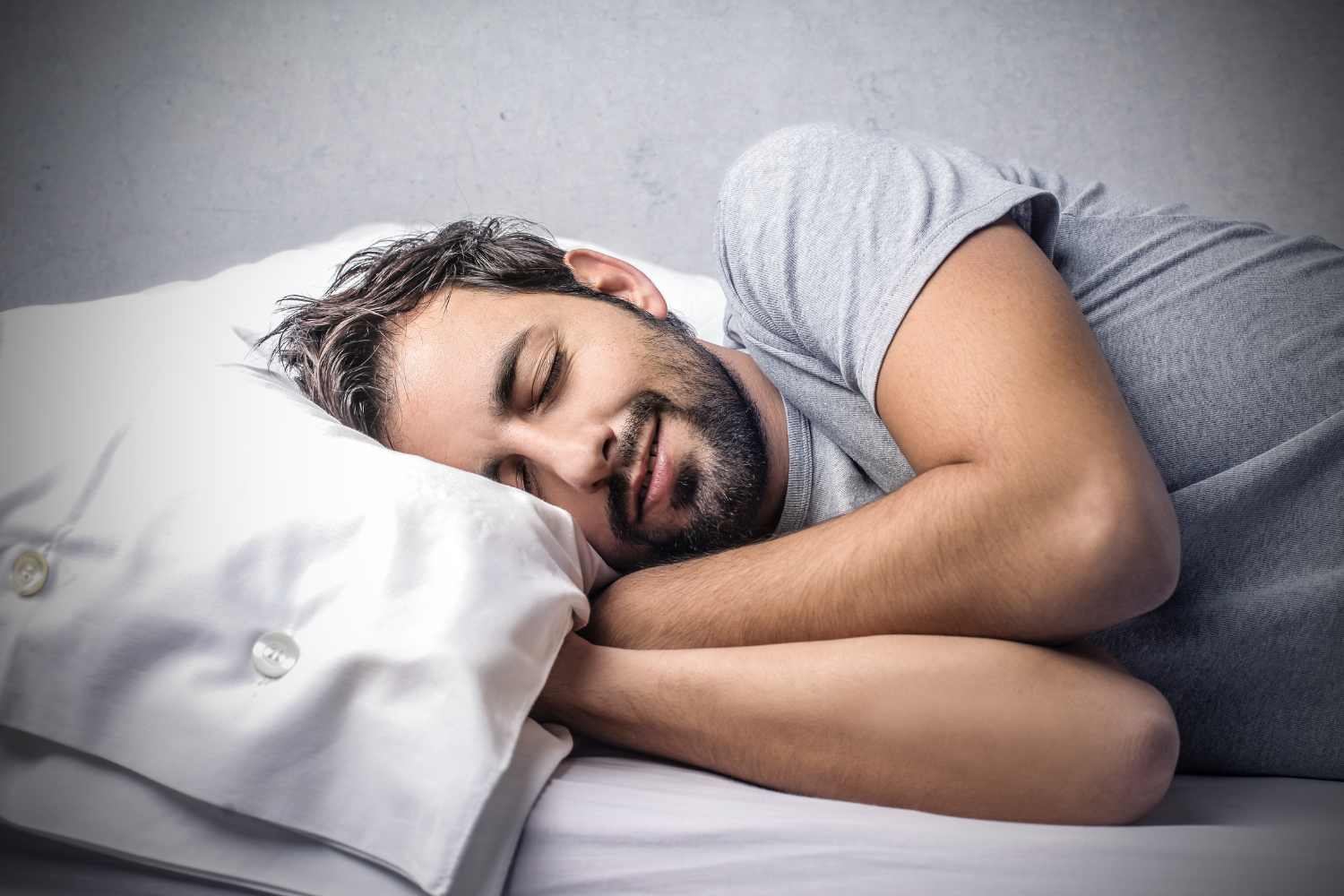
The sweet spot for sleep is around 65 °F (18.3 °C). Public-health guides generally point to 64–72 °F (18–22 °C) to let your core temperature slide downward—a key trigger for drowsiness. Hitting that target without terrorizing your power bill means:
- running the AC on a timer,
- opening cross-breezes once the sun dips, and
- circulating air with a fan.
Old-school but potent: set a bowl of ice in front of the fan so the breeze picks up a cooler, pleasantly misty edge.
A pre-bed lukewarm shower

Counterintuitive but true: a warm—never scalding—shower an hour or two before bed helps you cool down. Warm water draws blood to the skin, letting you dump heat more efficiently afterward. Aim for water near 104 °F (40 °C) and towel off in time to air-dry a bit. Skip the icy blast: cold water clamps down blood vessels, blocks heat release, and triggers a rebound “why do I feel hotter?” effect once you slip under the covers.
Evening eating, done right

Dinner is a stealth sleep aid. Keep it light yet balanced, so blood sugar doesn’t crater, and pick foods that sit easily. Whole-grain carbs support serotonin, fresh vegetables digest cleanly, and lean proteins—especially oily fish or legumes—supply steady fuel. A piece of banana for muscle relaxation or a kiwi brimming with fiber can sweeten the wind-down.
Steer clear of fried or fatty plates that bog down digestion, alcohol that wrecks deep-sleep architecture, hefty portions inside the final three hours, and salt overload that invites water retention.
Need inspiration? Lettuce risotto: sauté shredded lettuce with a glug of oil and garlic, add water, bring back to a simmer, then stir in about 3.5 oz (100 g) of rice. It’s simple, light, and sneakily calming.
Choose natural fabrics
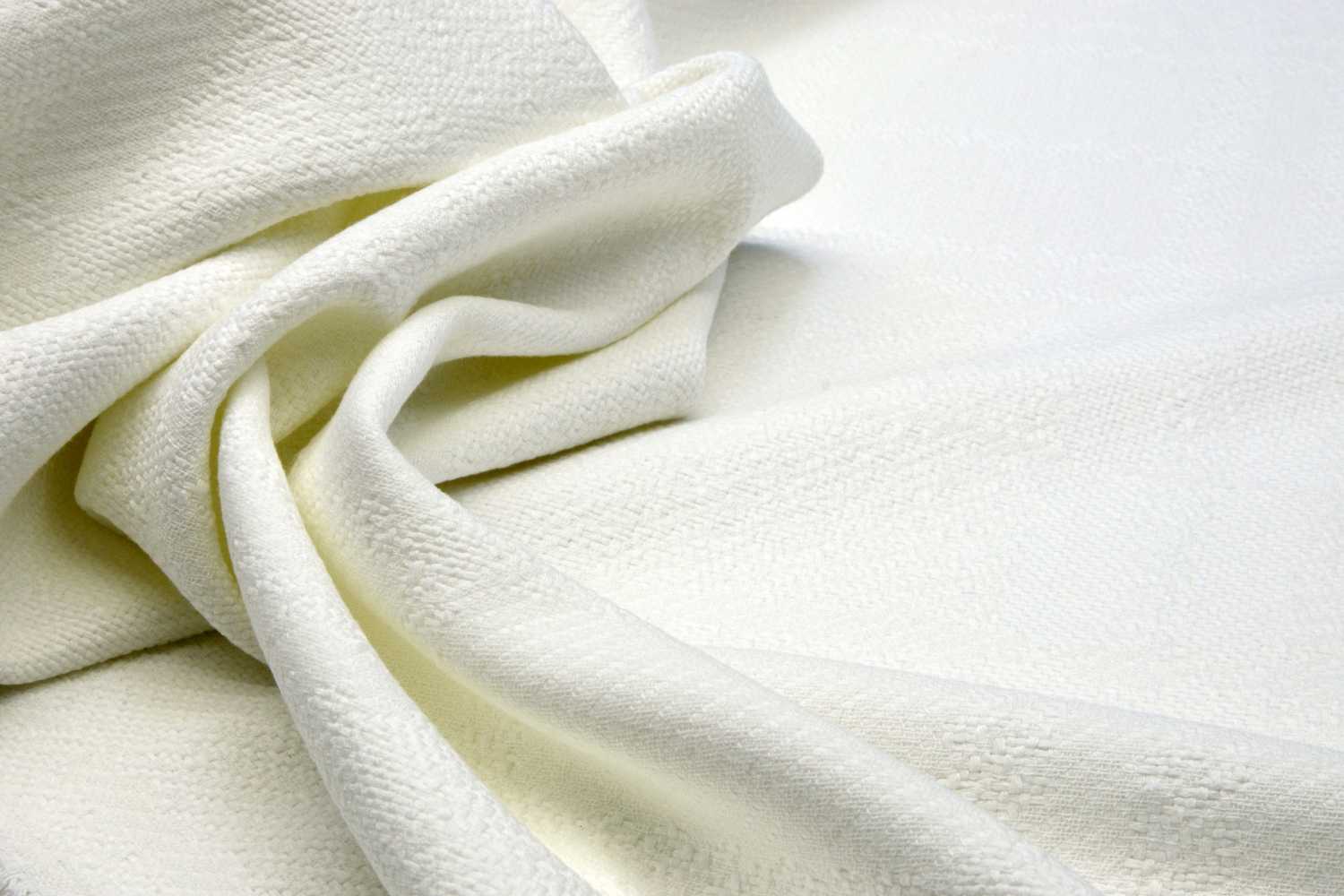
Bedding and sleepwear can make or break a hot night. Linen rules summer—it’s ultra-breathable, slurps up moisture, and self-regulates temperature—so linen sheets often feel cooler and drier all night long. Cotton percale runs a close second: crisp, breathable, and thermoregulating thanks to its tight-yet-airy weave.
Synthetics? Avoid them. They trap heat and humidity, creating a clammy microclimate. If your mattress is a furnace, consider a swap to natural, breathable materials that let air glide instead of bottling warmth.
Gentle aids: melatonin and herbal teas
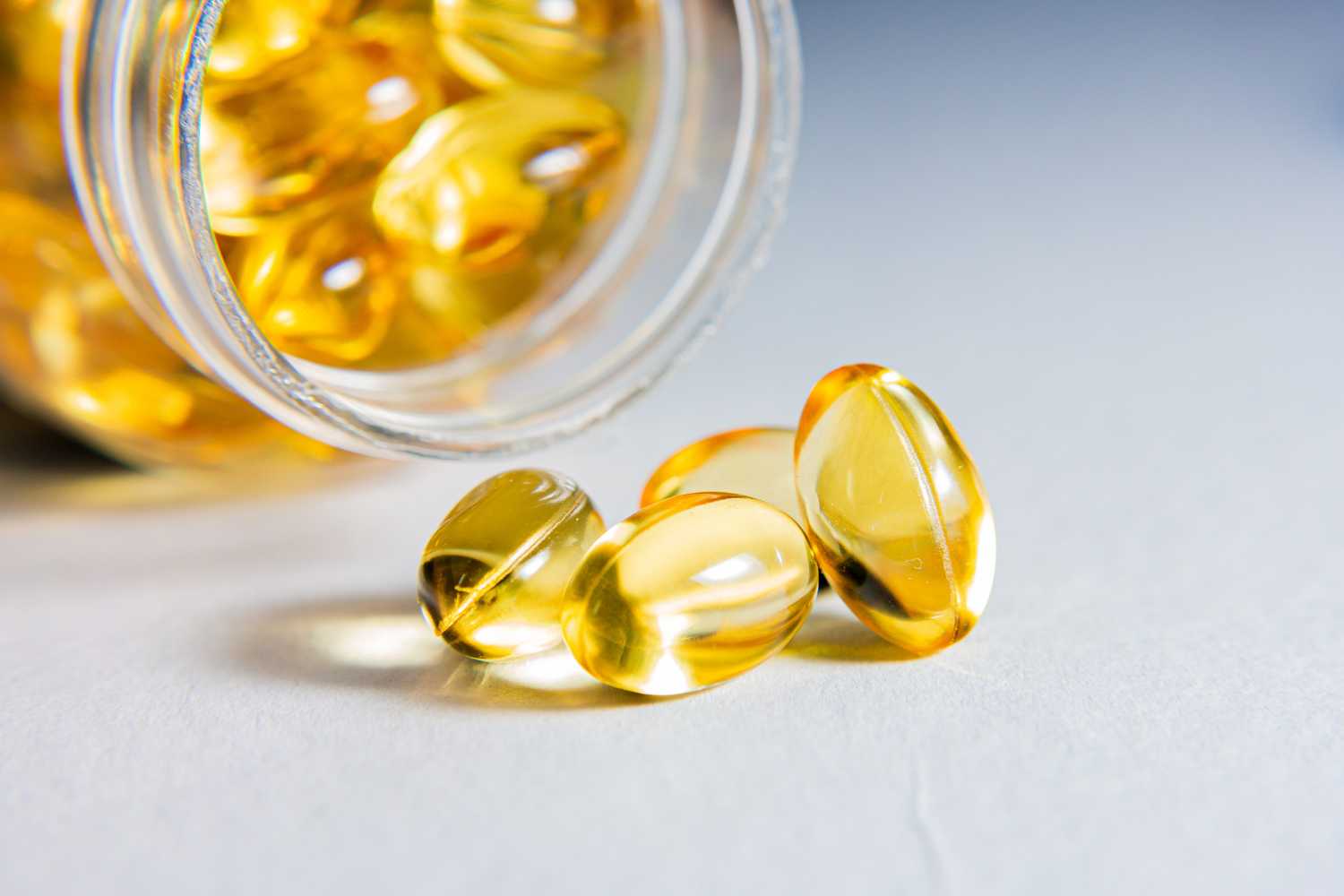
When lifestyle tweaks aren’t enough, melatonin can bump up sleep quality, total sleep time, and speed to nod-off. A common adult dose is 1–2 mg roughly an hour before lights-out; pediatric use belongs under pediatric guidance.
Plant allies add subtle calm: valerian (shortens the slide into sleep), passionflower (soothes nighttime nerves but is not for pregnancy, breastfeeding, or under-12s), lemon balm (eases anxious restlessness), and chamomile (a classic, especially gentle for kids). Brew with about 176 °F (80 °C) water, steep 5–7 minutes, and sip 30–45 minutes ahead of bed to make the most of their mellow.
The hush of white noise
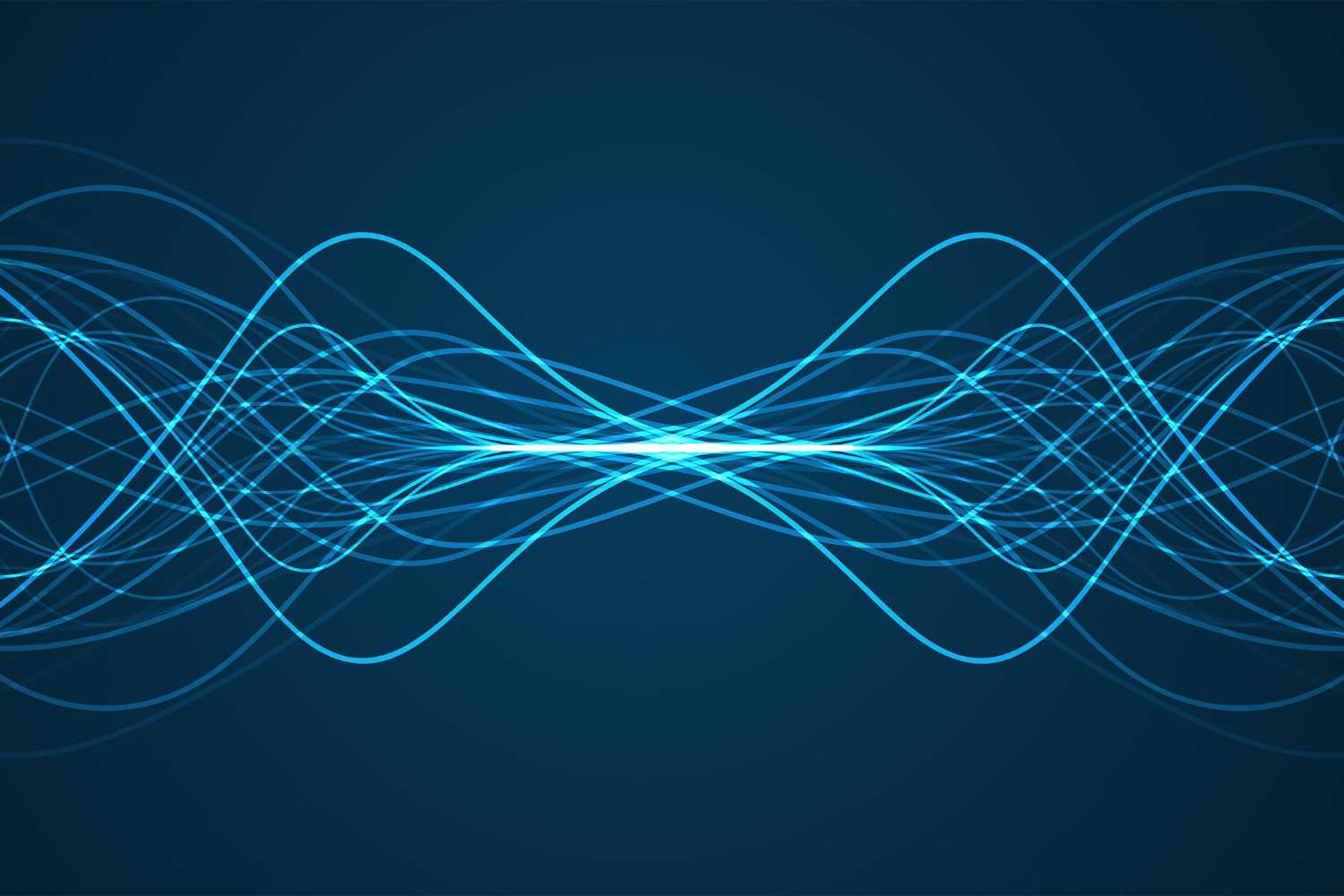
Never underrate white noise. A steady hum—the whirr of a fan pulls double duty by moving air and masking stray sounds—can muffle mental chatter, relax muscles, and smooth the path to sleep. Apps and dedicated devices are fine, but many people do just fine with the kit they already have humming in the corner.
If sleep trouble drags on for more than two weeks despite these steps, talk to your healthcare provider. Persistent insomnia can flag an underlying issue that needs targeted attention.
